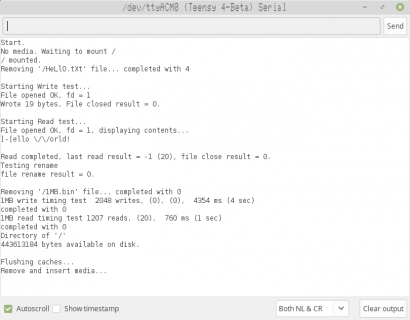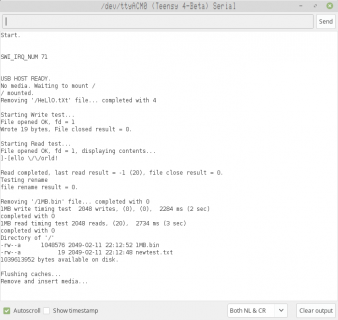Ok, I give it a try:
https://github.com/PaulStoffregen/cores/compare/master...FrankBoesing:eventresponder?expand=1
This adds disable() to EventResponder.
It does two things:
- adds if (!disabled ) to yield and prevents calling of runFromYield
- switches to minimal void systick(void) interrupt, without calling the millisTimer.
I don't think this gets accepted, but if I don't try...
What do you think, Kurt?
https://github.com/PaulStoffregen/cores/compare/master...FrankBoesing:eventresponder?expand=1
This adds disable() to EventResponder.
It does two things:
- adds if (!disabled ) to yield and prevents calling of runFromYield
- switches to minimal void systick(void) interrupt, without calling the millisTimer.
I don't think this gets accepted, but if I don't try...
What do you think, Kurt?





